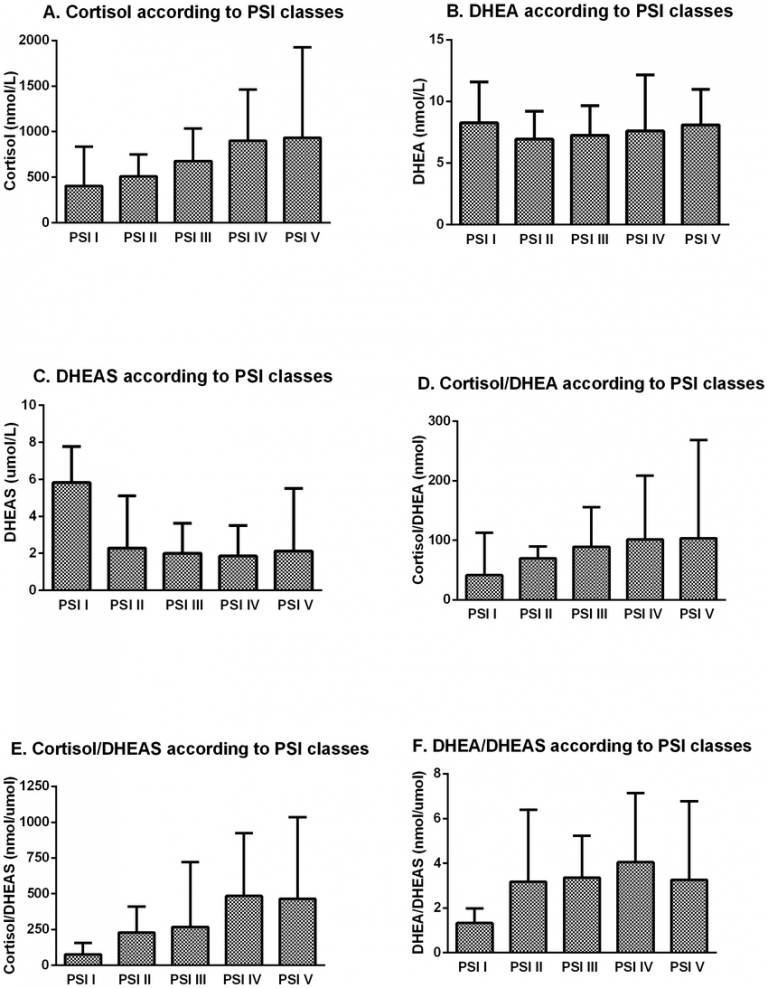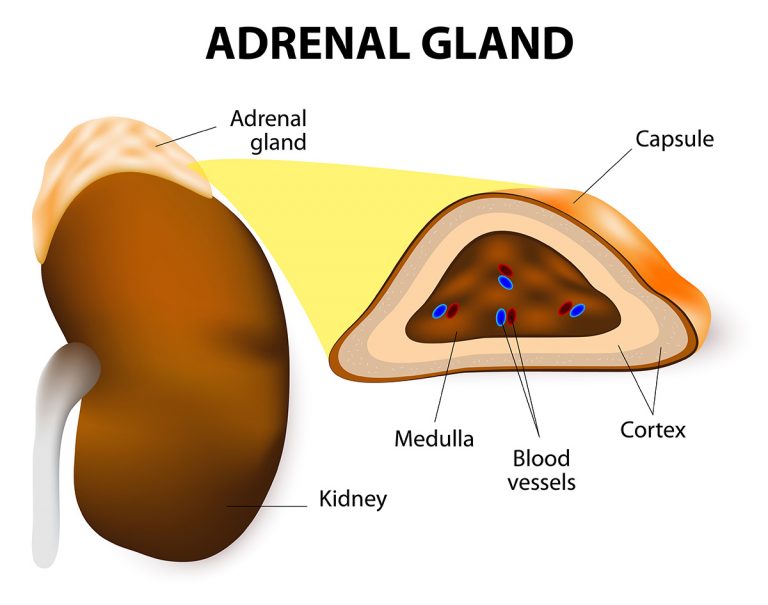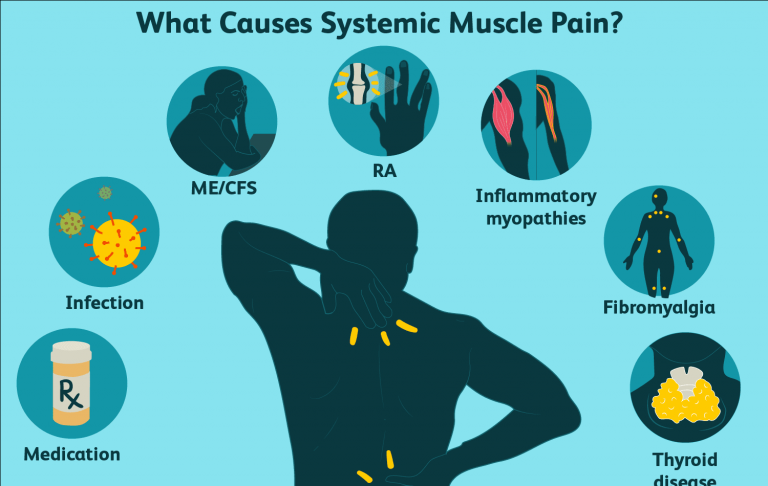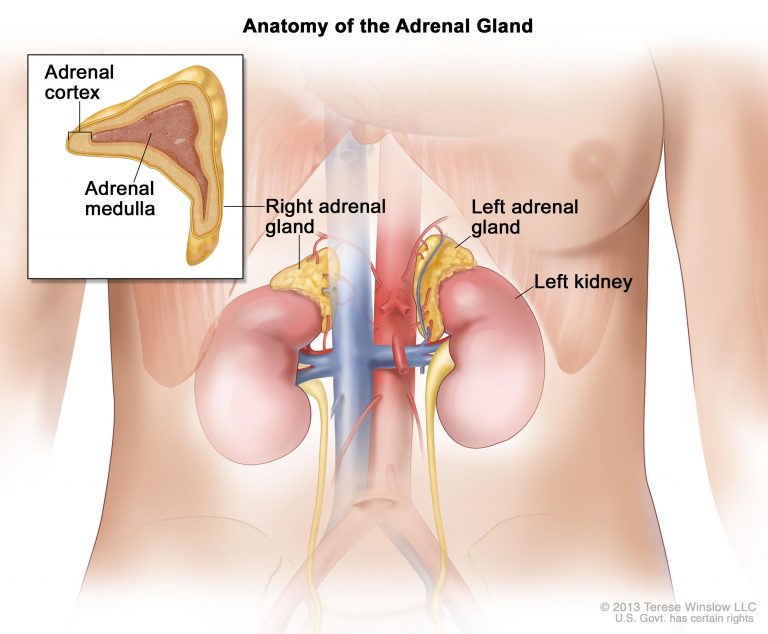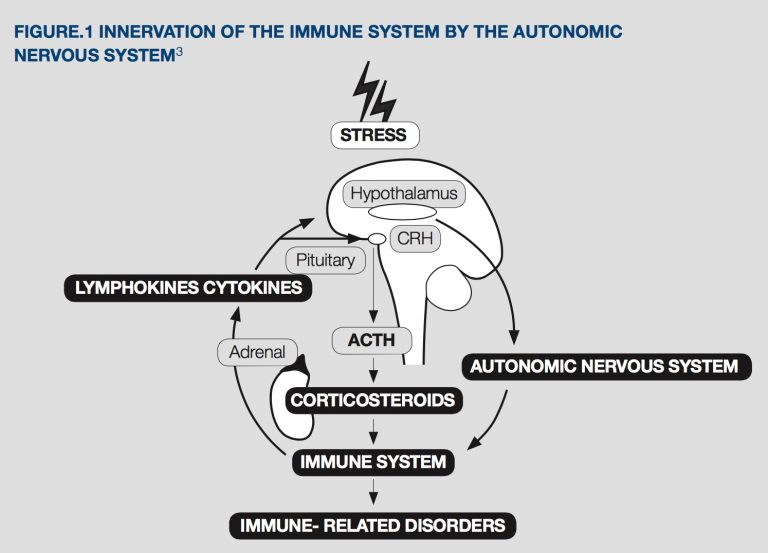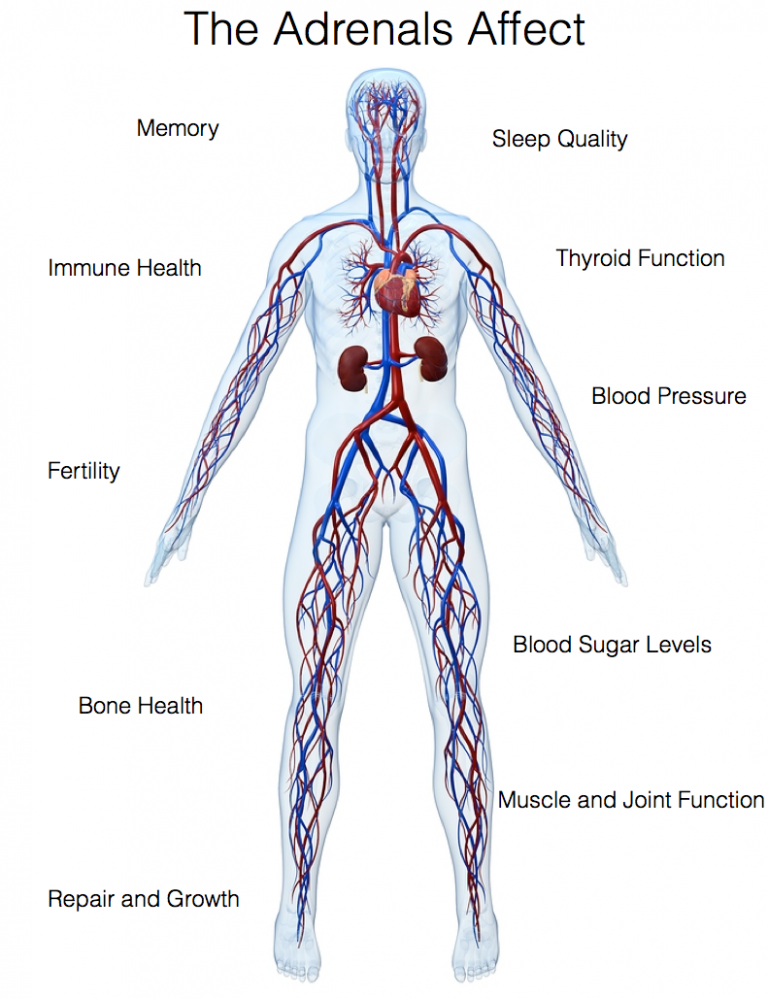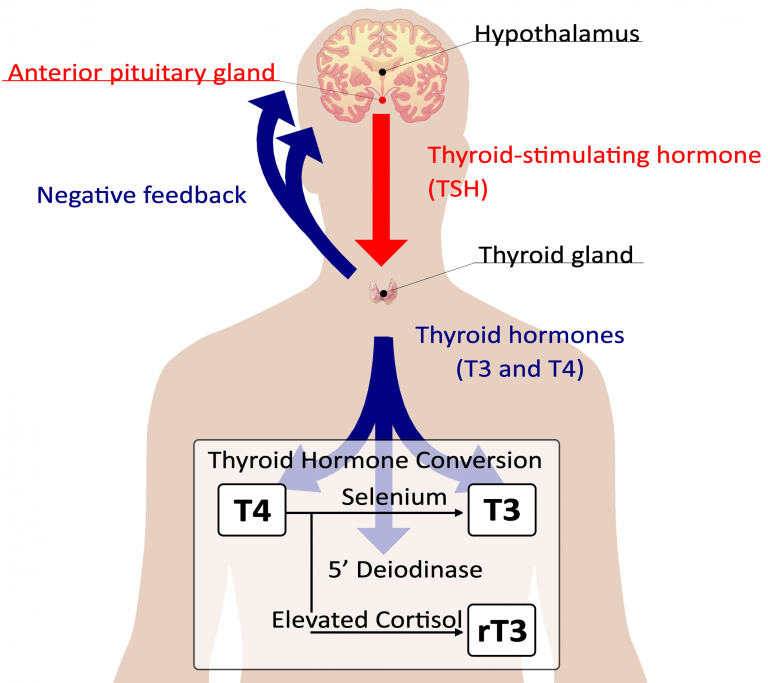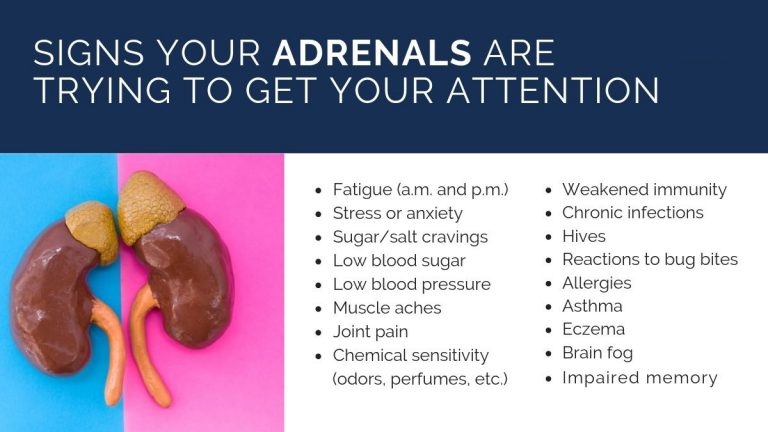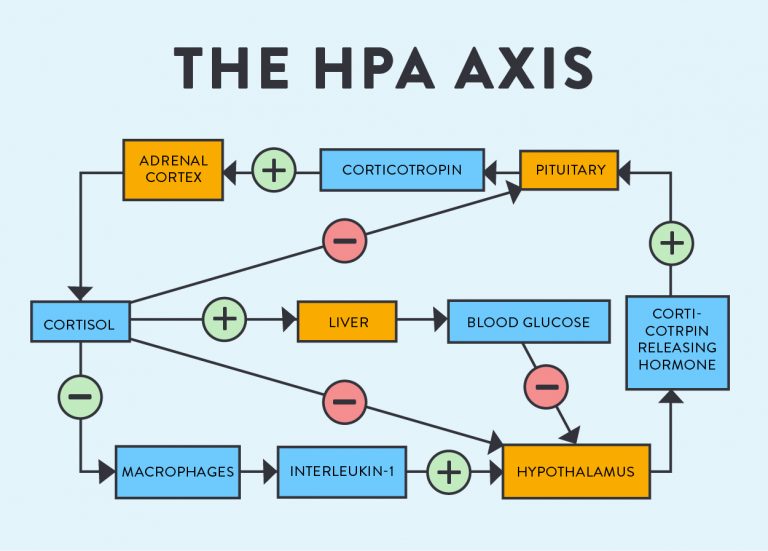ADRENAL GLAND HORMONE BALANCING
THE ADRENAL STRESS INDEX (ASI)
NOTE:
The ASI was invented and introduced by Diagnos-Techs, Inc. in 1989. All other panels offered on the market are copies.
The adrenals are two small glands, each weighing 3 to 5 grams, that are located above the kidneys. The adrenals have one of the highest rates of blood flow per gram of tissue, and the highest content of Vitamin C per gram of any tissue in the body.
Each adrenal gland is composed of two separate functional entities. The outer zone, or cortex, accounts for 80% to 90% of the gland, and secretes adrenal steroids (Cortisol, DHEA(S) and Aldosterone). The inner zone, or medulla, comprises 10% to 20% of the gland, and secretes the catecholamines adrenaline and nor-adrenaline. Cortisol, DHEA and adrenaline are the three main adrenal stress hormones.
THE ADRENAL RHYTHM & ITS’ IMPORTANCE
The human adrenal gland does not secrete its steroid hormones at a constant level throughout the day. The hormones are actually released in a cycle with the highest value in the morning and the lowest value at night. This is easily understood by looking at Figure 1. This 24-hour cycle is called the circadian rhythm. An abnormal adrenal rhythm can influence many functions of the body, some of which are listed below.

ENERGY PRODUCTION
Abnormal adrenal function can alter the ability of cells to produce energy for activities of daily living. People who have a hard time rising in the morning, or who suffer with a low energy level during the day, often have abnormal adrenal rhythms and poor blood sugar regulation.
The maintenance of a stable blood sugar level depends on food choice, lifestyle, adrenal function and insulin activity. This panel measures stress hormones and insulin, to help ferret out causes of fatigue, cravings and obesity.
MUSCLE & JOINT FUNCTION
Abnormal adrenal rhythms are known to compromise tissue healing. Reduced tissue repair and increased tissue breakdown can lead to muscle and joint breakdown with chronic pain.
BONE HEALTH
The adrenal rhythm determines how well we build bone. If the night cortisol level is elevated and the morning level is too high, our bones do not rebuild well, and we are more prone to the osteoporotic process. Stress is the enemy of the bones. In postmenopausal women, the effect of stress worsens due to the female hormone imbalances.
IMMUNE HEALTH
Various immune cells (white blood cells) cycle in and out of the spleen and bone marrow for special conditioning, and possible nourishment and instructions. This immune system trafficking follows the cortisol cycle. So, if the cycle is disrupted, especially at night, then the immune system is adversely affected.
Short and long-term stress is known to suppress the immune response on the surfaces of our body as in lungs, throat, urinary and intestinal tract. With the reduction in the surface antibody (called secretory IgA), the resistance to infection is reduced and allergic reactions are believed to increase.
SLEEP QUALITY
The ability to enter REM sleep cycles, i.e. regenerative sleep, is interrupted by high cortisol values at night and in the morning. Chronic lack of REM sleep can reduce the mental vitality and vigor of a person and induce depression.
SKIN REGENERATION
Human skin regenerates mostly during the night. With higher night cortisol values, less skin regeneration takes place. So, a normal cortisol rhythm is essential for optimal skin health.
THYROID FUNCTION
The level of Cortisol at the cell level controls thyroid hormone production. Quite often, hypothyroid symptoms such as fatigue and low body temperature are due to an adrenal maladaptation.
GRAIN INTOLERANCE & STRESS
About 12-18% of the U.S. population suffers from a genetic intolerance to grain. Specifically, a high incidence occurs in Celtic, Germanic, and Nordic derivation. The gut becomes inflamed within 30 minutes after consuming the grains and this can lead to an adrenal stress response, increased cortisol and reduced DHEA.
Four saliva samples are used in the ASI for the following ten tests:

Your health care provider can use the findings in this panel to recommend customized treatment and preventive measures that may include diet and lifestyle changes, hormones, botanicals and vitamins.
ADVANTAGES OF THE ASI
1. The test is non-invasive & can be performed wherever you are.
2. Saliva is collected under real life conditions. There are no stressful blood draws and no gallon sized urine containers to carry around for 24 hours.
3. With blood and urine testing, a number of borderline adrenal conditions are missed due to lack of sensitivity. This is not the case with the ASI because samples are taken within one circadian cycle and the more definitive free fraction is measured.
4. The ASI is an in-depth test, such that options for treatment are expanded by 400-500% over serum and urine test results.
NOTE: The ASI was invented and introduced by Diagnos-Techs, Inc. in 1989. All other panels offered on the market are copies.
ABNORMAL ADRENAL RHYTHM CAN INFLUENCE:
• Energy Production
• Bone Health
• Immune System Health
• Sleep Quality
• Skin Regeneration
• Thyroid Function
• Muscle and Joint Function
DO YOU NEED AN ASI TEST?
To determine if the ASI is the appropriate test for assessing your health condition, ask your physician for a stress questionnaire. The score can help your doctor determine a course of action.
The ASI IS MOSTLY ORDERED FOR INDIVIDUALS THAT SUFFER FROM:
• Chronic stress and related health problems
• Lack of vitality and energy
• Muscle and joint pain
• Hypoglycemia
• Migraine headaches
• Osteoporosis
• Sleep disturbances
• Poor memory
• Alcohol intolerance
• Stress maladaptation
• Low sex drive
• Low body temperature
To determine if the ASI Panel is the appropriate test for your health problems, consult with Dr. Smith or Ronnie.

